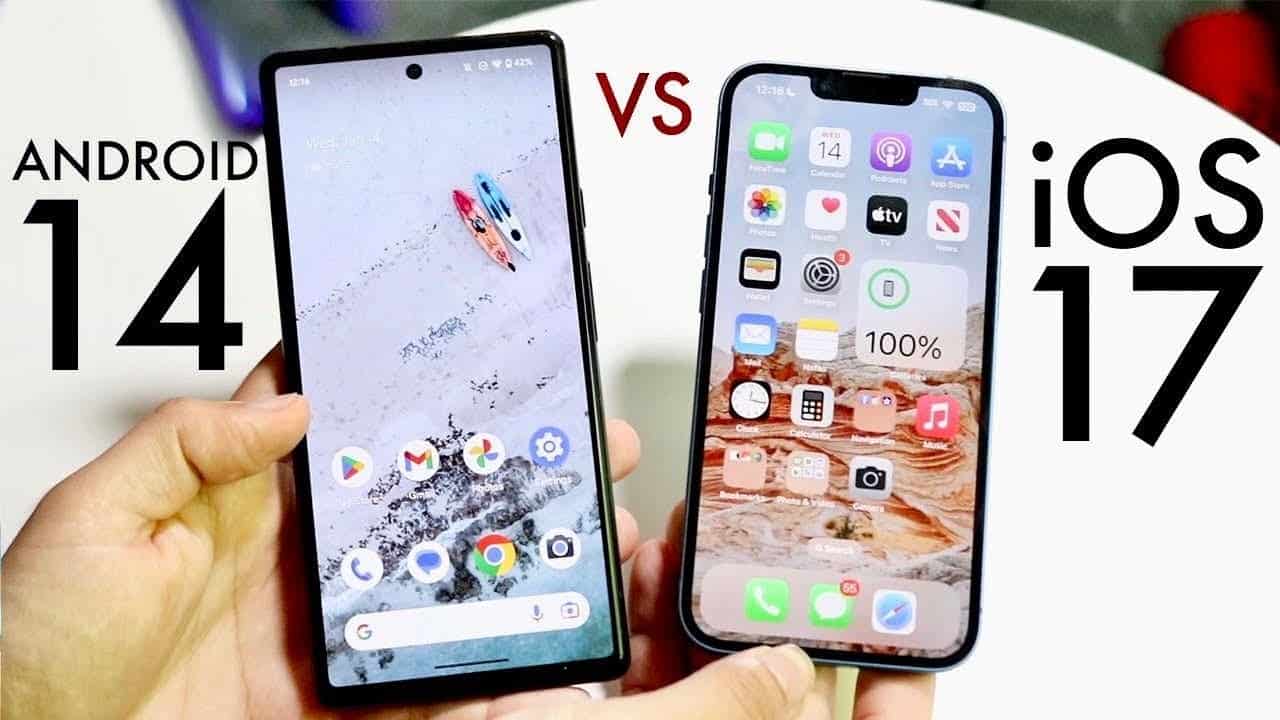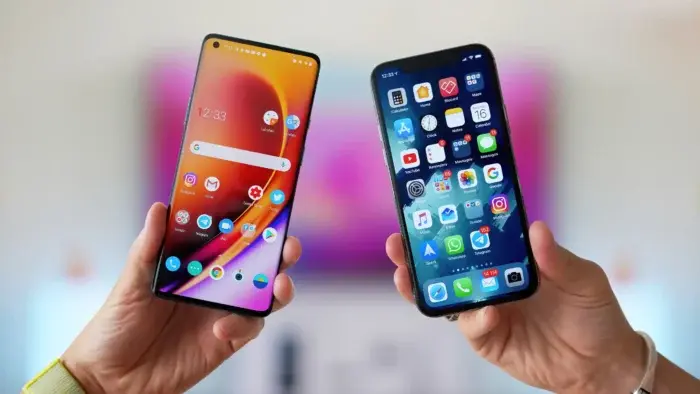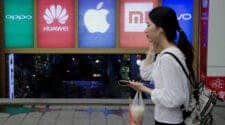The global smartphone market, having weathered a prolonged slump, is exhibiting signs of a cautious comeback. This resurgence, which began in late 2023, follows a period of 27 consecutive months of decline. However, research firm IDC suggests that this recovery might be accompanied by a significant shift in the operating system landscape. Their projections indicate that the Android ecosystem could witness a substantial growth spurt in 2024, potentially expanding “at double the rate” of iOS. This potential for growth can be attributed to the fact that following a period of decline, Android has more room to reclaim market share.
The Global Smartphone Market: A Tentative Recovery and Shifting Sands

Historically, iPhones have enjoyed a dominant presence in the United States. In recent years, however, Apple has consistently expanded its global footprint, experiencing significant growth in international markets. This expansion inevitably led to a contraction of Android’s market share, despite Google’s operating system retaining a global majority.
The current market upswing is marked not just by an increase in shipment volumes but also by a rise in value and average selling prices (ASP). This trend reflects a shift in consumer behavior, with users opting for more premium devices that they intend to keep for longer periods. Overall, global smartphone shipments in the first quarter of 2024 demonstrated a year-over-year increase of 7.8%. Reaching approximately 289 million units.
According to IDC, Apple’s smartphone sales experienced a 10% decline in the last quarter. This downturn is largely attributed to a significant drop in sales within China. A confluence of factors – rising nationalism, economic headwinds, and intensified competition from domestic brands – contributed to this decline. Previously loyal Chinese consumers are increasingly drawn towards homegrown smartphone manufacturers.
“While this represents a substantial decline for Apple, it’s important to consider their performance over the past four years. Apple has arguably been the most resilient brand, successfully navigating supply chain disruptions and macroeconomic challenges more effectively than other manufacturers,” remarked Nabila Popal of IDC.
Samsung, the undisputed leader in the smartphone industry for the past 13 years, briefly relinquished the top spot to Apple in the latter half of 2023. However, the Korean giant swiftly reclaimed its position. “Samsung’s return to the top is highly significant,” stated Popal, highlighting the company’s strategic advantage for “further growth this year.” This advantage, she suggests, stems partly from Samsung’s integration of AI-powered features into its Galaxy line of smartphones.
Popal further emphasizes that Apple, unlike many of its competitors who are actively incorporating AI features into their strategy, has yet to deliver a compelling message on artificial intelligence. “We anticipate receiving some clarity on their approach during their developer conference in June. We are confident that if they deliver a product that resonates with consumers, they can overcome the recent challenges they’ve faced”.

A More Nuanced Look at the Recovery
While the overall market uptick is a positive indicator, a closer examination reveals a more nuanced picture. The growth is primarily driven by the mid-range and high-end segments, with budget devices experiencing a slowdown. This trend suggests that consumers are prioritizing value and functionality over affordability. Additionally, the ongoing chip shortage continues to pose challenges for manufacturers, potentially hindering production capacity and impacting shipment schedules.
The Rise of Domestic Brands and Geopolitical Tensions
The significant decline in Apple’s market share within China underscores the growing influence of domestic brands like Huawei, Xiaomi, and Oppo. Nationalistic sentiment, coupled with a desire to support local companies, is influencing consumer purchasing decisions. This trend, along with ongoing geopolitical tensions between the US and China, could further impact the market dynamics.
The Evolving AI Landscape and Its Potential Impact
The integration of AI features is rapidly becoming a key differentiator in the smartphone market. Samsung’s focus on AI-powered functionalities positions them well for continued growth. Apple, on the other hand, risks falling behind if they fail to deliver a competitive offering in the AI space. The upcoming developer conference in June will be a crucial platform for Apple to unveil their strategy and potentially regain momentum.
Looking Ahead: A Market in Flux
The global smartphone market is undeniably in a state of flux. The tentative recovery is accompanied by shifting consumer preferences, the rise of domestic brands in key markets, and the growing importance of AI integration. While Samsung currently holds the top spot, Apple’s future performance will depend heavily on their ability to address consumer demand for AI features. The upcoming developer conference will be a pivotal moment for Apple to shape their narrative and potentially reclaim their position as a leader in the ever-evolving smartphone landscape.





